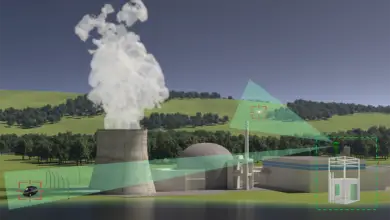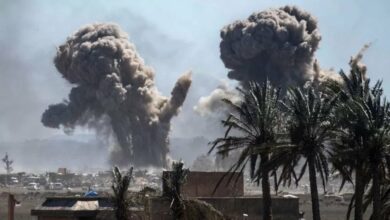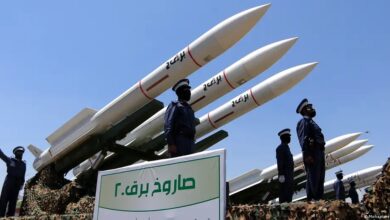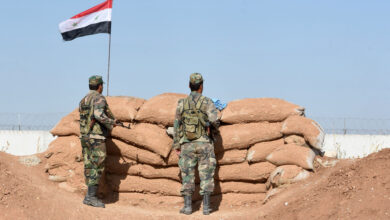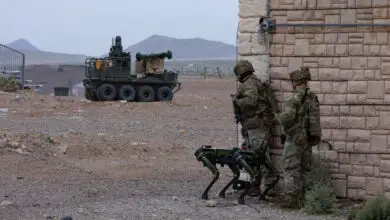
Daphne Eviatar
Amnesty International USA
The violence of war was already routine in Mohammed Haj Amin’s life. His neighborhood in Raqqa, Syria had been hit by airstrikes before, and had gravely injured his elderly neighbor, who had lost his arm and sustained serious wounds to his abdomen, leaving his wife to struggle to look after him. On October 3, 2017, Mohammed, a 28-year-old carpenter, left the 5-story apartment building that housed 11 of his family members to go help his neighbors.
Half an hour later, all but one of his family would be dead, as would 34 other people. A U.S.-led Coalition airstrike had destroyed the building. Only Mohammed’s brother survived, paralyzed below the waist.
Mohammed told his story to Amnesty International researchers who came to Raqqa to attempt to do what the U.S. military had failed to accomplish – account for the civilians killed as part of the U.S. “war on terror.”
“My world was shattered,” Mohammed said. “I managed to recover the bodies of my daughters and I buried them in a nearby destroyed house.”
U.S. airstrikes are happening around the world, and they have very real consequences. Though Americans rarely witness them, their victims on the ground in Syria, Iraq and Somalia do. Often, that means witnessing the killing of their own children, and parents, and the destruction of their homes and livelihoods. It means struggling to survive in the aftermath.

In recent years, Congress has required the Pentagon to report on the number of civilian casualties caused by U.S. military operations so lawmakers and the public could begin to see the full impact of this apparently endless conflict. But the numbers reported by the Department of Defense reflect nowhere near the real damage.
DoD reports 793 civilians killed and approximately 206 civilians injured as result of U.S. military actions in Syria and Iraq in all of 2017. However, an investigation by Amnesty International and Airwars documented 1,600 civilians killed by U.S.-led Coalition forces between June and October 2017 in Raqqa alone.
Elsewhere, in Somalia, the U.S. Africa Command has said it carried out 110 strikes in two years, killing about 800 people. But until last month, it unbelievably claimed none were civilians. Looking at a sample of just five of those 110 airstrikes, Amnesty International found evidence that 14 civilians were killed, and eight injured. AFRICOM has since said that two civilians were killed in all of 2018, but it begs the question of how many have actually been killed in all those dozens of incidents.
If the purpose of these strikes is to win the U.S. “war on terror,” it’s difficult to envision the road to victory. Devastated families, like Mohammed’s, living in destroyed cities now trek the landscapes once controlled by armed groups like the Islamic State. What will happen to them now? To whom will they turn?
The U.S. government is, by law, required to investigate to see not only whether the enemy has fled, but who else it has victimized. Instead, the U.S. says it still does not know how many were killed in places like Raqqa, and in its investigations, it underestimates the civilian impact. Nearly a year ago, Colonel Thomas Veale, a spokesperson for the Coalition fighting Islamic State told reporters: “no one will ever know. Anyone who claims they will know is lying.”
That’s not good enough.
That’s not good enough for the Syrian, Iraqi, Somali, and other victims of U.S. lethal strikes. It’s also not good for Americans. It’s a terrifying situation, and one which Amnesty’s researchers saw up close on missions to Raqqa several times over more than 18 months to investigate the impact of the coalition’s assaults. The U.S. is also not assisting the survivors or helping them rebuild their lives.

It’s increasingly important that the U.S. government start providing better answers to questions about the impact of U.S. lethal operations around the world. That goes for all U.S. lethal strikes carried out in the name of “counterterrorism” wherever they may be happening.
Even if the U.S. is lawfully engaged in an armed conflict, the laws of war require that it take reasonable precautions to protect civilians from harm. But to do that, the U.S. has to at least investigate who was killed, and acknowledge when the dead and injured are civilians. Only then can it learn to do better. No one learns anything from a blanket denial. Except that someone probably isn’t telling the truth.
 As Amnesty International USA’s Director of Security with Human Rights, Daphne Eviatar leads the program that tackles issues pertaining to detention, interrogation, national security, and the use of lethal force.
As Amnesty International USA’s Director of Security with Human Rights, Daphne Eviatar leads the program that tackles issues pertaining to detention, interrogation, national security, and the use of lethal force.
She came to AIUSA from Human Rights First, where she served as Senior Counsel. An expert on the prosecution and treatment of international terrorism suspects, she reported on military commission proceedings at Guantanamo Bay, the treatment of detainees at the Bagram air base in Afghanistan, terrorism trials in federal courts, and the U.S. drone war.
Daphne worked previously as a journalist focusing on law, national security, economic development and human rights.
Follow her on Twitter @deviatar.
All views and opinions expressed in this article are those of the author, and do not necessarily reflect the opinions or positions of The Defense Post.
The Defense Post aims to publish a wide range of high-quality opinion and analysis from a diverse array of people – do you want to send us yours? Click here to submit an Op-Ed.



